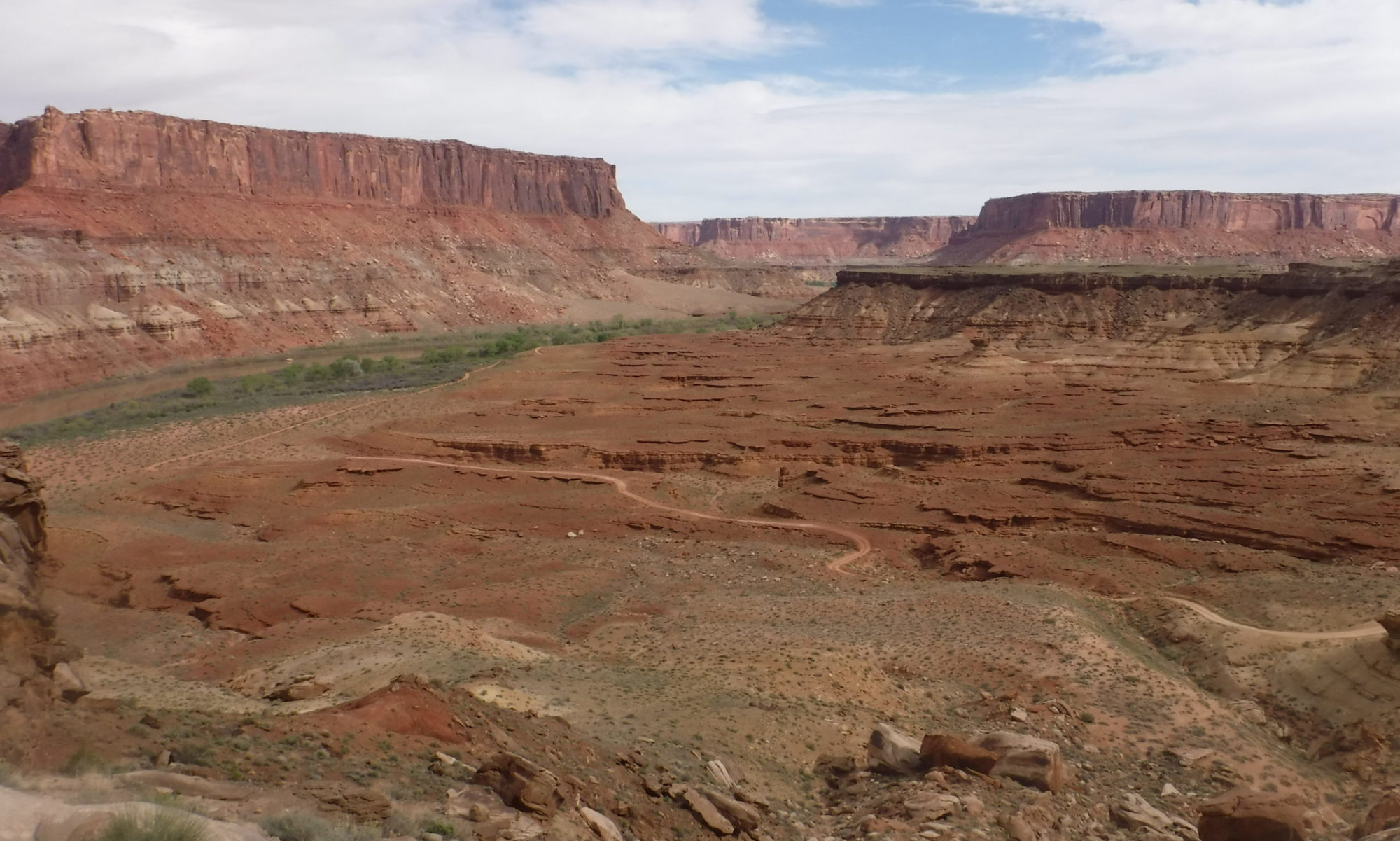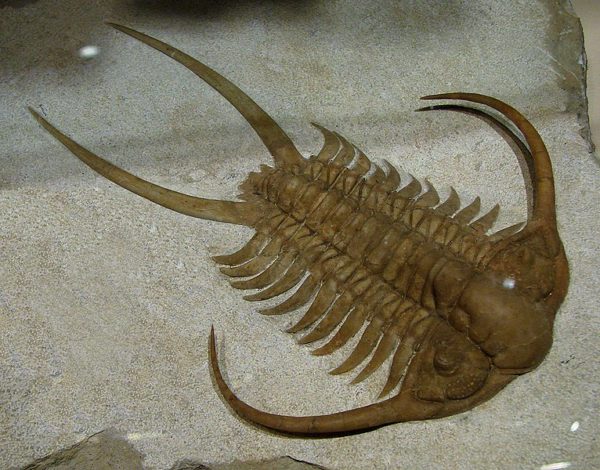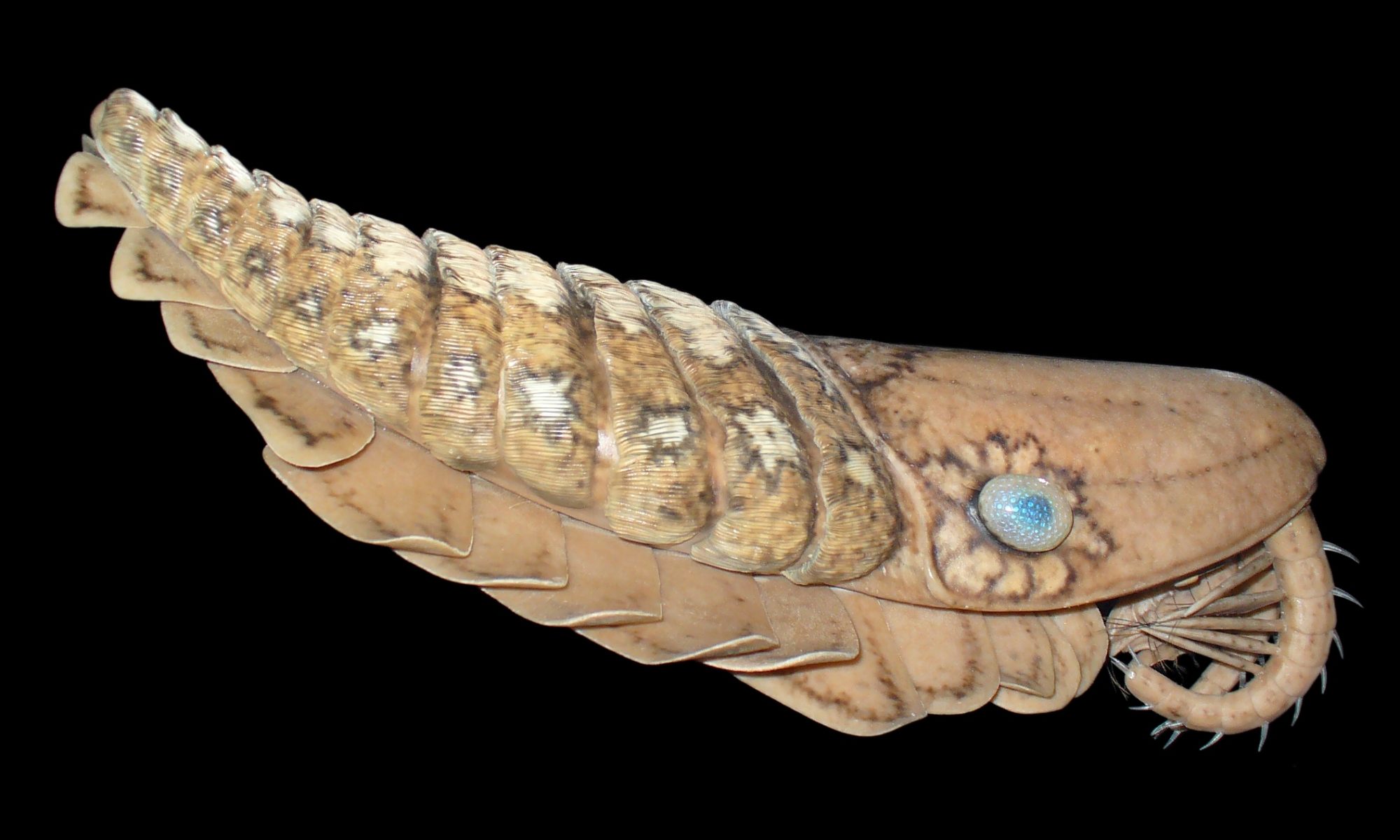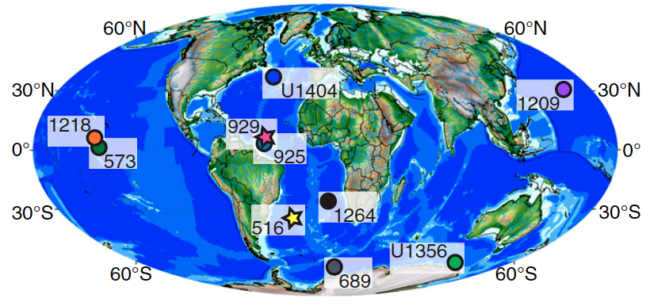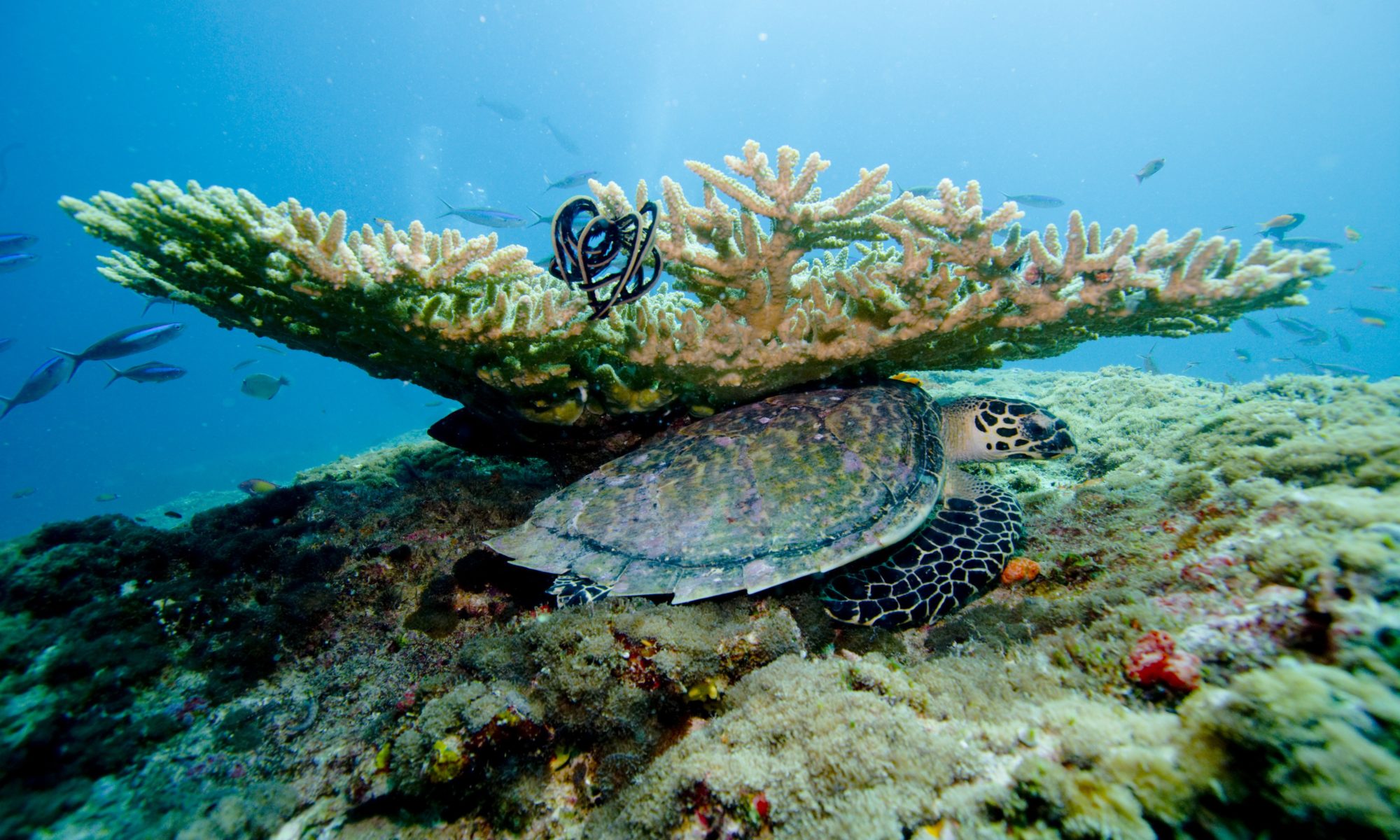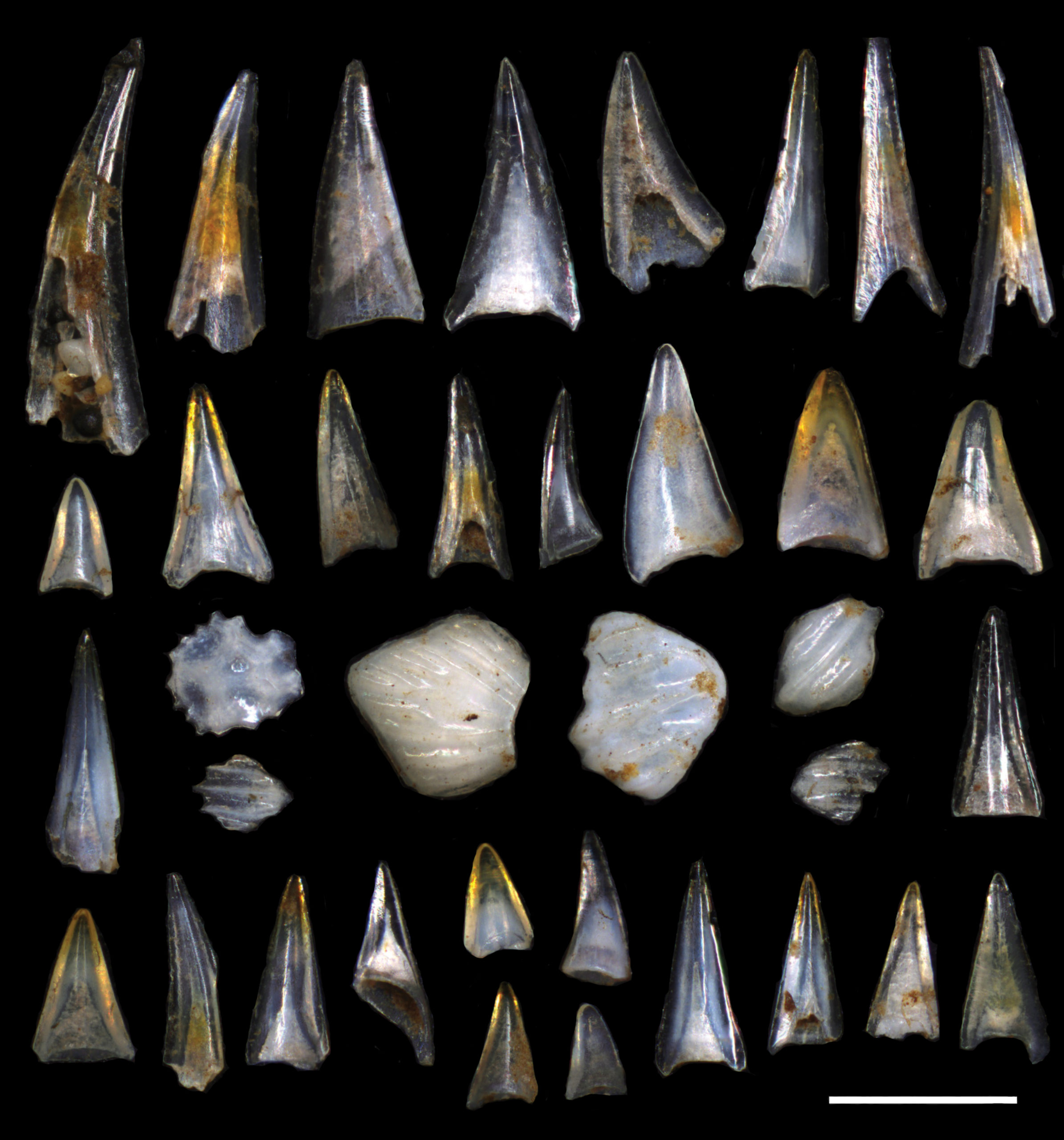Featured image: This is a Trilobite fossil from Volkhov river, Russia. Trilobites were marine arthropods which went extinct at the end of Permian period. CC BY-SA 3.0 via Wikimedia commons
Paper: Bioindicators of severe ocean acidification are absent from the end-Permian mass extinction.
Authors: William J. Foster, J.A. Hirtz, C. Farrell, M. Reistrofer, R. J.Twitchett, R. C. Martindale
What if I told you that an extinction event occurred In Earth’s history that dwarfs the demise of dinosaurs? This turbulent period dawned 252 million years ago, during the Late Permian period. The largest volcanic eruptions in the history of our planet began in now what is known as Siberia. The eruptions spewed out millions of cubic kilometers of lava, enough to bury an area the size of United States under a mile thick layer of rock!
Continue reading “Earth’s darkest hour”